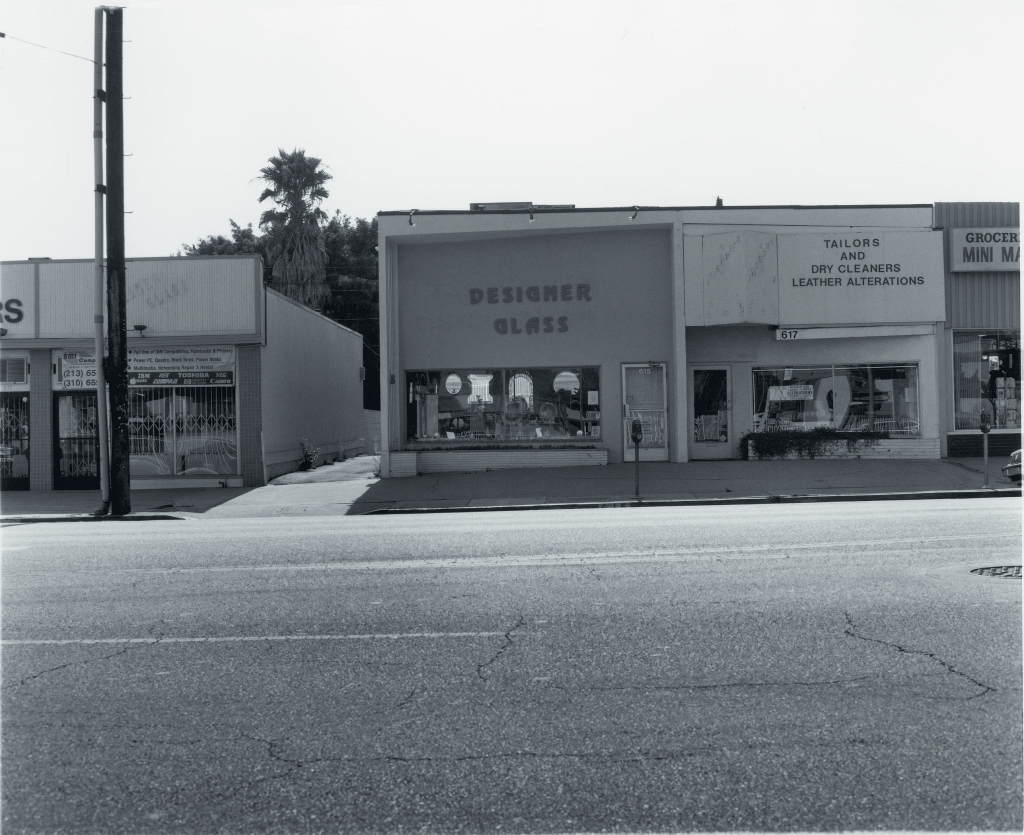Nothingness, the Birth of Zero

I have nothing to say, and I’m saying it.” Ever since the birth of ‘Conceptual’ art in the Sixties, with its challenges to tradition and authority, artists have continued to represent ideas of doing nothing, many through the concept of ‘dematerialization’, a term coined by art critic, Lucy R Lippard.
This attitude was eloquently captured by the American composer, John Cage, in 1961 with his declaration, “I have nothing to say, and I’m saying it.”
The role of the artist as non-active, passive or absent was exemplified perhaps most radically by British artist, Keith Arnatt’s proposition, Is it Possible for Me to Do Nothing as My Contribution to This Exhibition? (1970). The concept of literally, and by that, one means physically, doing nothing represented the negation of art practice and the demise of object centred discussion.
The initial and probably most famous of these negations was Yves Klein’s notorious gallery-emptying — Le Vide, 1958. The site was the Iris Clert Galerie in Paris. Klein conceived, quite pragmatically, that by exhibiting a space devoid of images or objects he would create “a world without dimension.” The site of the commercial gallery had emerged as a place for the circulation and commodification of the art experience, boosted by the economic boom of the Sixties. The gallery was an environment riding on the ambiguities and undefined assumptions of the art world and reached an almost farcical level of immateriality. Klein’s concept took its material form in the announcement cards and press releases for the show, as well as the ubiquitous blue cocktails and Republican Guard on duty at the entrance. It was to set off a long-running chain of gallery closings that has continued until today.
Less radical than Arnatt, perhaps, was American artist, Robert Barry’s Closed (1969-70), whereby Barry sent out announcements declaring the Eugenia Butler’s Gallery in Los Angeles would be closed for the entirety of the exhibition. “There is something about void and emptiness which I am personally very concerned with,” commented Barry in 1968. “I guess I can’t get it out of my system. Just emptiness. Nothing seems to me the most potent thing in the world.” Removing the issues of Klein’s transcendental connotations, Barry manipulated the consciousness of collective projection and reduced the event and materialisation of the concept even further. As with any ‘happening’ or ‘performance’ project, it is photography that is used to capture and visualise some sense of an ‘event’, whether documenting the deliberate intervention or simply cataloguing the accidental architecture. Photography has given such conceptual propositions a sense of the real in its unaltered reportage, and grounds such ideas within a specific space and time, giving them a sense of place. Contemporary artists, including Jonathan Monk, have re-contextualised such projects and shown how a modern day reading questions not only the art concept, but our times in association with them. Monk returned to the original building of Barry’s closing exactly 28 years later and photographed the gallery (now a mirror shop) entitling the work Closed (1997). By manipulating our reliance on photography by examining past evidence, Monk’s wit has double potency: relating both to the closing of the gallery, and any subsequent art experience. Openly taking inspiration from such minimalist and conceptual tenets, controversial Spanish artist Santiago Sierra inaugurated Lisson New Space, London with Space Closed by Corrugated Metal (2002). The project re-contextualised this Sixties premise by closing the gallery for three weeks. Here, Sierra had inverted the art event — so the maddened art world could not enter the new gallery or the exhibition itself. He commented, “I want to reproduce the sensation of frustration of being unable to get in somewhere for political reasons.” Seen as both a modern day take on the works of Klein and Barry, the event was a comment on the closing of the High Street banks in Argentina during the financial collapse of the country. The seminal maps by the collaborative art group, Art & Language, during the late sixties, have come to symbolise this enquiry into notions of the blank, empty, vacant or void. Map of a thirty-six square mile surface area of the Pacific Ocean west of Oahu, 1967 is a completely blank map where the extremities are defined by giving the non-contents a framework or boundary in which to exist. This is not the documenting of a given geographical landmark, but the structure and iconography of map-making itself. “The map is one where there is nothing to indicate within the context of a normal land and sea configuration map. By mapping the surface one eliminates questions relating to the depth of the ocean, and as there is no land with the area chosen, there is nothing to indicate within the frame of reference of a conventional map.” Here, the simple fact that such a process of mapping reduces the contents to the abstract, highlights the role photography has inherited in countering this and redefining our spatial understanding. Art of this nature is often misunderstood as an extreme form of pure abstraction based on conceptualist, reductivist and formalist tenets or considered as simply nihilistic. Yet, paradoxically, nothingness is all around us. The Big Bang is one of many theories about the birth of the universe which cosmologists believe came from nothing. Outer Space has always beckoned contemplation with limitless thoughts of nothingness. And now, virtual space opens up on your desktop and draws you into a strangely boundless and completely ordinary ether. As technology accelerates to produce faster and bigger possibilities, our spatial consciousness is becoming warped. It may now be time to stop and simply say nothing at all.
